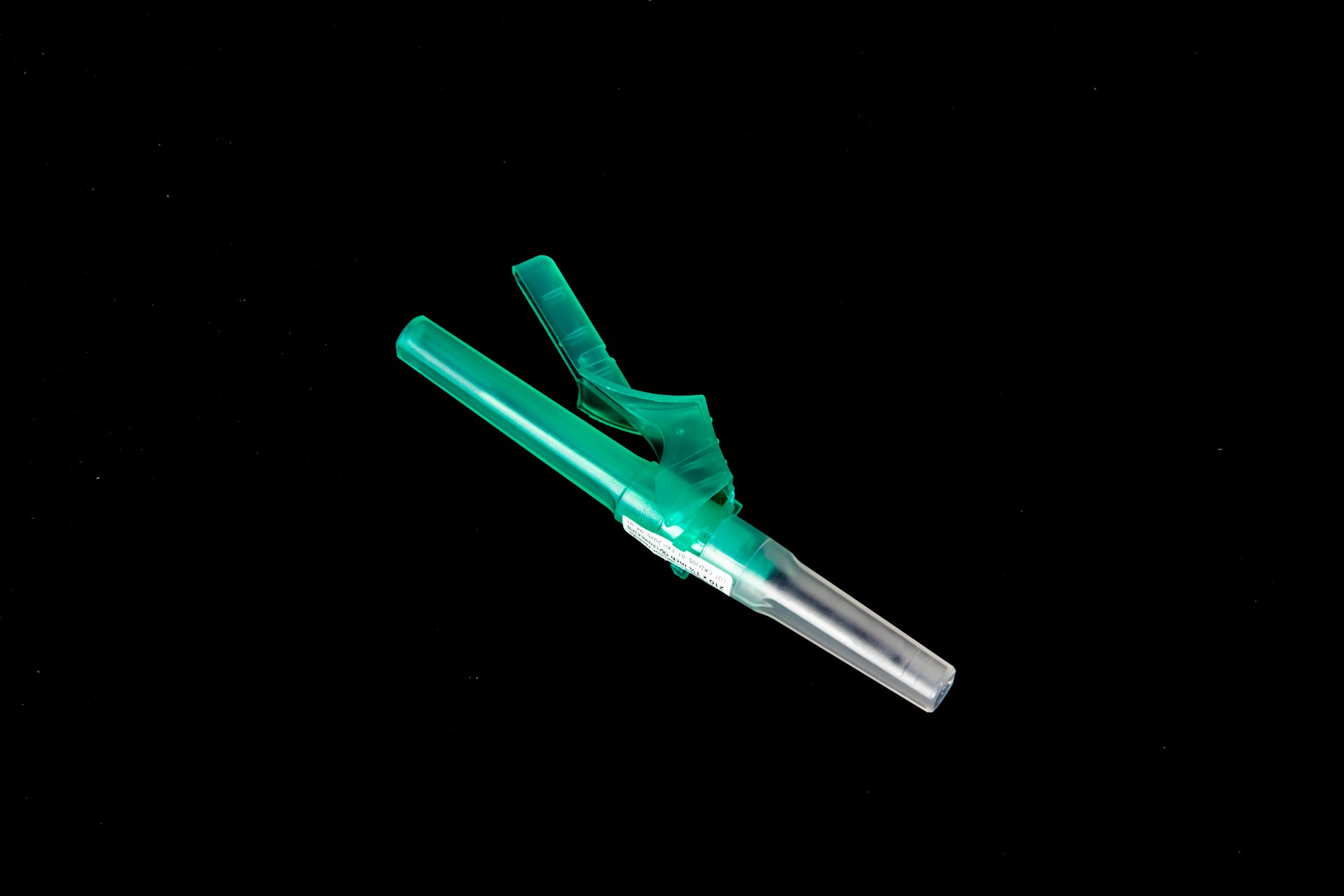Blood Collection Needle Color Coding
When it comes to blood collection, proper identification of the right needle is crucial for the safety and efficiency of the procedure. In order to avoid any mix-ups or errors, blood collection needles are color-coded according to their gauge size and intended use. Understanding this color coding system is essential for healthcare professionals to ensure the correct needle is chosen for each patient and procedure. In this article, we will explore the significance of blood collection needle color coding and how it impacts the blood collection process.
Importance of Blood Collection Needle Color Coding
The color coding of blood collection needles serves as a visual aid for healthcare professionals to quickly and easily identify the appropriate needle for a particular procedure. By following a standardized color coding system, healthcare providers can minimize the risk of using the wrong needle size or type, which could lead to patient discomfort, injury, or inaccurate test results.
Understanding the Color Coding System
The color coding system for blood collection needles typically follows a standard set by organizations such as the Clinical and Laboratory Standards Institute (CLSI) or the World Health Organization (WHO). While specific colors may vary slightly between manufacturers, the general guidelines for needle color coding are as follows:
Gauge Size
Needle Type
How to Interpret Blood Collection Needle Colors
When selecting a blood collection needle, healthcare providers should carefully check the color of the needle hub to ensure they are using the correct size and type. Here are some key points to keep in mind when interpreting blood collection needle colors:
Gauge Size
The gauge size of a needle refers to its diameter, with smaller gauge numbers indicating larger needle sizes. Healthcare providers must choose the appropriate gauge size based on the intended use and the patient's venous access. Using a needle with the wrong gauge size can result in failed venipuncture, hemolysis of the sample, or patient discomfort.
Needle Type
In addition to gauge size, the type of needle is also important to consider when selecting a blood collection needle. For example, butterfly needles are often used for pediatric patients or difficult venipunctures, while safety needles help prevent needlestick injuries. Healthcare providers should be familiar with the different types of needles and their respective color codes to ensure safe and effective blood collection.
Best Practices for Blood Collection
When performing blood collection, healthcare providers should adhere to the following best practices to ensure patient safety and accurate test results:
Double-check the color coding of the needle before proceeding with the venipuncture.
Use a tourniquet to aid in vein visualization and engorgement.
Properly cleanse the venipuncture site with an antiseptic solution.
Ensure the needle is inserted at the correct angle and depth for successful venipuncture.
Secure the needle in place and safely dispose of it in a sharps container after use.
Conclusion
Understanding the color coding system for blood collection needles is essential for healthcare providers to ensure safe and efficient blood collection procedures. By following the standardized color codes for gauge size and needle type, healthcare professionals can minimize the risk of errors and promote better patient outcomes. By incorporating best practices for blood collection, healthcare providers can improve the overall quality of care and ensure accurate diagnostic testing for patients.
Disclaimer: The content provided on this blog is for informational purposes only, reflecting the personal opinions and insights of the author(s) on phlebotomy practices and healthcare. The information provided should not be used for diagnosing or treating a health problem or disease, and those seeking personal medical advice should consult with a licensed physician. Always seek the advice of your doctor or other qualified health provider regarding a medical condition. Never disregard professional medical advice or delay in seeking it because of something you have read on this website. If you think you may have a medical emergency, call 911 or go to the nearest emergency room immediately. No physician-patient relationship is created by this web site or its use. No contributors to this web site make any representations, express or implied, with respect to the information provided herein or to its use. While we strive to share accurate and up-to-date information, we cannot guarantee the completeness, reliability, or accuracy of the content. The blog may also include links to external websites and resources for the convenience of our readers. Please note that linking to other sites does not imply endorsement of their content, practices, or services by us. Readers should use their discretion and judgment while exploring any external links and resources mentioned on this blog.



